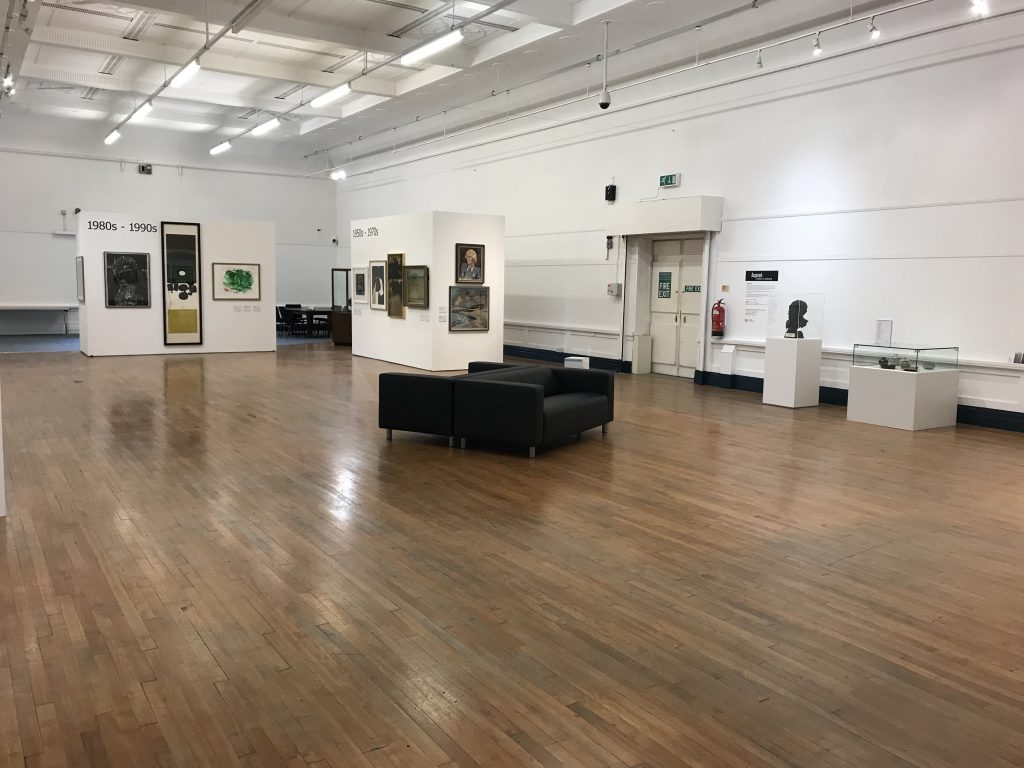
Charting a 100 year history of collecting, Acquired brings together art from the University of Salford and Salfords Museum and Art Gallery’s collection.
Despite sharing the same location, both institutions have developed independently resulting in exciting and diverse collections.Museum project leader Jennifer Iddon described the collection as an exhibition that:
“Pushes boundaries and tells the story of now and how we’ve got to now”
The exhibition looks at the history of collecting contemporary art in Salford over the last 100 years. It unpacks art changing over time, explaining how historical pieces were once contemporary. The exhibition shows how art works are appreciated for art’s sake but also how the pieces are viewed in the context of the social history that is attached to them.
For ease the exhibition is divided in to four periods.
1920’s – 1940’s
During this time Salford Museum and Art Gallery acquired work by some of the most influential and avant garde artists of the time, including Vanessa Bell, Graham Sutherland and Ivon Hitchens. Although these may appear traditional now, they were by artists who were ahead of their time.
1950’s – 1970’s
As well as acquiring a number of works by Lowry, this period included purchases from the Manchester Academy of Fine Art and exhibiting artists.
During this time the University started to collect several prints. Printmaking became a priority area for of acquisitions as work by abstraction pioneers such as Victor Pasmore and Robyn Denny were collected.
1980’s – 1990’s
Printmaking remained a priority at the University as the Manchester Print workshop relocated to the University. During this time the importance of Lowry was growing and in the 2000’s the purpose built Lowry building was opened as the new home for the City’s collection of his work.
2000 onward
This period has seen the University actively collecting contemporary art. Ultimately, the collection brings artwork that people might not otherwise see. There’s something for everyone
Old fashioned clichés like that still stands.














Recent Comments